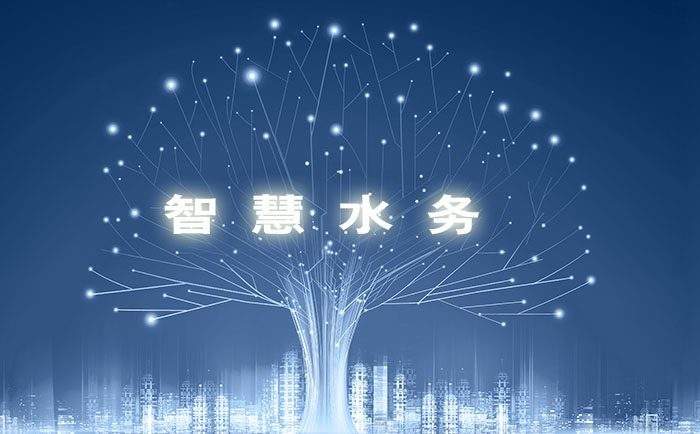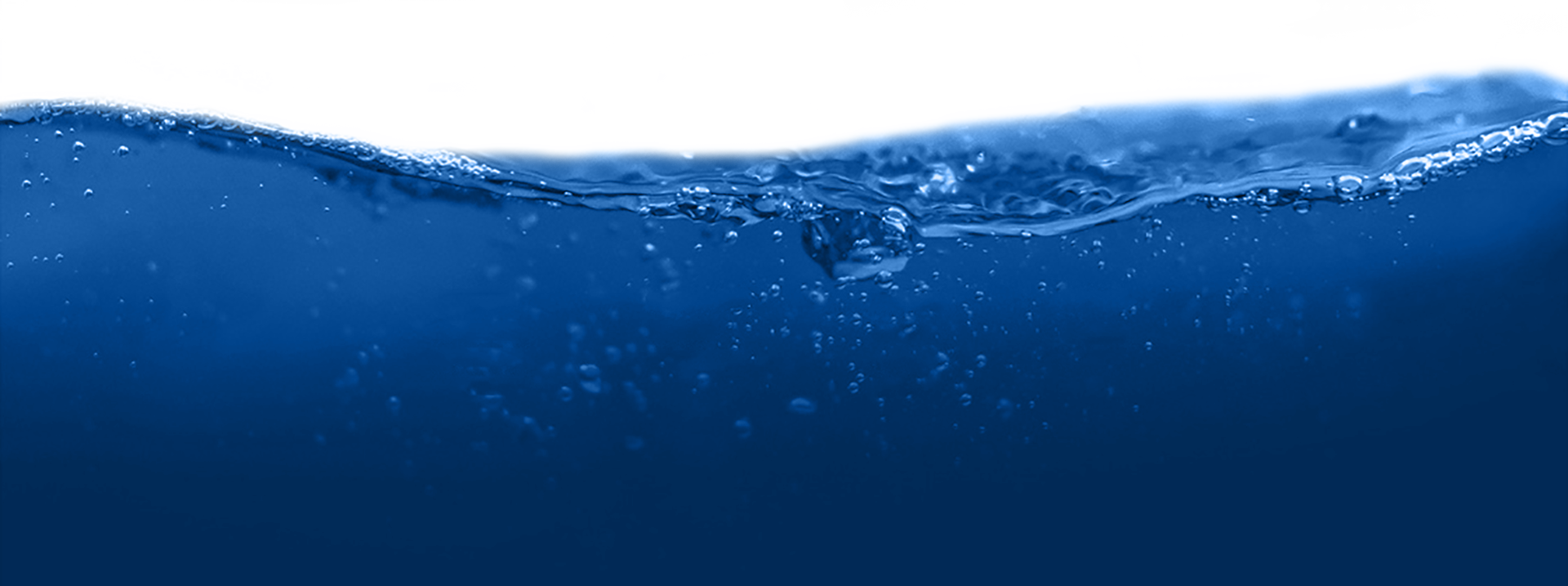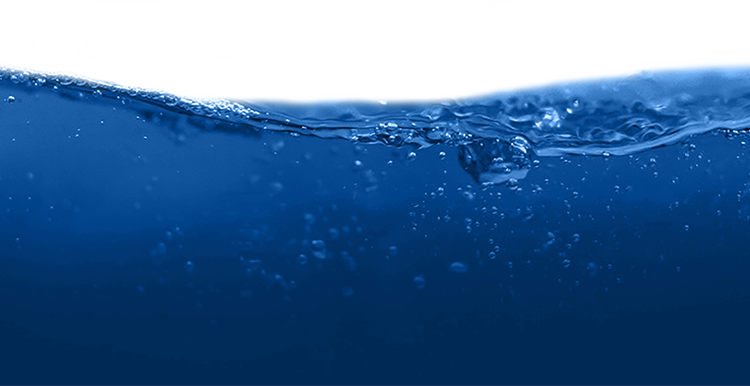- CH
-
Current location :Home > News > Industry Trends
How to use "wisdom" in the three stages of reducing leakage?
Date:2020-02-19 Author:创始人 View:0
The core of water supply enterprises to pay attention to the difference between production and marketing is to pay attention to the operation efficiency of enterprises. There are not only the reasons for the operation and management of water supply enterprises, but also the reasons for technology and external environment. This paper first discusses how to manage the leakage of pipe network and how to deal with the extremely high production and marketing difference caused by high leakage. The strict leakage control adopted by such enterprises in the early stage can indeed improve the operation efficiency, but after the leakage degree of the pipe network is reduced to a certain range, the improvement methods for the leakage of the pipe network have "little effect" on the improvement of the operation efficiency, so it is necessary to focus on optimizing the management. In the long run, it is also necessary to consolidate the achievements of leakage control to prevent the recurrence of "disease".
The improvement of business efficiency is related to two points: 1. Reduce costs; 2. Increase revenue. "Production" in the difference between production and sales is related to the production cost invested by water supply enterprises, and "sales" reflects the income obtained from selling products. However, according to professionals, it is relatively easy to reduce the production and marketing gap from 40% to 20%, but it takes great efforts to reduce it from 20% to 15% or even lower. This is because the diminishing marginal benefit effect of cost control / leakage reduction will slow down the rate of difference reduction in the later stage. Optimizing income management can delay the slow rate of difference reduction. It is also important for colleagues to maintain the results of difference reduction. Might as well consider how to use the power of "smart water" in these three stages?

The first paragraph first "treats" obvious omissions
The leakage rate is high, which can be divided into "acute" and "chronic". "Emergencies" are mostly caused by sudden situations such as pipe explosion and natural disasters. Large single leakage will cause a large amount of water loss in a short time, and even endanger public safety. In addition, there are many hidden leaks, but the leakage is small in a short time, but if it is not found in time, it will also cause serious long-term harm. "Emergency" comes quickly. As long as "rescue" is timely, you can go quickly. Therefore, the emergency repair task has high requirements for the quality of maintenance personnel, and the experience of adding leak detection personnel is not rich enough, which will lead to the neglect of some difficult leakage points and affect the final leakage control effect.
Prevention can reduce the number of pipe burst events. Pipe burst is closely related to pipe network pressure, pipe quality, temperature, foundation settlement, exhaust valve setting, etc. Therefore, the root cause of prevention should start with adding exhaust valve, daily opening and closing valve, subgrade disaster detection, etc. On the other hand, whether the pipe network drawing is clear and whether the valve state can achieve rapid water stop are related to the "rescue" time in case of pipe explosion. Intelligent water can play an auxiliary role in both aspects. Therefore, water supply enterprises can provide a pipe network "medical team", which can not only rely on manual leakage detection, but also reduce water loss in the process of emergency repair and ensure water supply safety through intelligent systems and equipment. Water supply enterprises establish intelligent water systems according to their needs and provide data analysis support to leak detection personnel, which can help them make more accurate judgments on leakage. For example, leakage and other situations can be predicted through the simulation of "offline hydraulic model", and then shared to the equipment terminal of field leakage collectors through the smart cloud platform, so as to facilitate leakage collectors to plan leakage collection routes and improve work efficiency; At the same time, the field exploration results of leakage points with high leakage possibility can be uploaded to the intelligent water system at any time to assist in the calculation of the "online hydraulic model". In this way, the "human + intelligent" leak detection team can better deal with the risk of misjudgment caused by insufficient practical experience of leak collectors, or bad weather, inconvenient geographical location and manual detection.
The loss behind the "adjustment" in the second paragraph
The degree of leakage may be significantly improved after the reduction of leakage, but the impact of the reduction of leakage on the difference between production and sales may not be obvious. Combined with the etiology of "half cure" mentioned in the previous article, water supply enterprises need to pay attention to "conditioning" to solve the "chronic" problem caused by losses.
Measurement loss and other losses are "loss", but the "loss" of leakage management is a measurement problem. The improvement method focuses on management, involving the management of meters and meters. The basis of management is to make full use of the value of effective information. The effectiveness of information is affected by the accuracy of measurement. Improving the accuracy of measurement requires not only the action of water supply enterprises, but also the support of the government and the active cooperation of users. Taking the DMA zoning measurement and detection of residents in a certain area by water supply enterprises as an example, the detection results have an impact on the effectiveness of management and the accuracy of basic data. It is difficult to obtain basic data such as the number and scale of users, pipe network lines, materials and pipe age in the region. It is difficult to obtain only the data of water users in one or two door-to-door surveys. In order to reduce the waste of human and material resources caused by repeated door-to-door visits and the impact on users, water supply enterprises need to obtain government support, combine their own smart water construction with the construction achievements of smart city, and reduce the workload of some basic data investigation by jointly building a data sharing platform.
Of course, after determining the cause of the "loss", some "stop loss" work still needs to be completed by the water supply enterprise, such as the installation and replacement of meters and indoor pipelines. When the process inevitably affects users, in the case of a large number of affected cells and complex user structure, the help of "smart water" is needed to transmit information more quickly and effectively. The function of connecting to the client in the "smart water" system can help the dissemination of information in the water department to be less limited by time, place and diversity of user groups. Water supply enterprises use less manpower to transfer information to users in real time and deal with problems through the connection function with the client in the "smart water" application layer. It can not only improve the acceptance of problems, but also reduce the backlog of problems and misunderstandings; It can also speed up the speed of information transmission, reduce communication costs, obtain users' understanding and cooperation faster and better, facilitate the "stop loss" work and improve work efficiency.
"Chronic disease" is not a simple problem. It is difficult to completely solve the leakage by replacing the intelligent water meter and repairing the pipeline. Moreover, at this stage, smart water has not reached the expected "wisdom" level, and it is not feasible to completely rely on "intelligence" to solve the "difficult syndrome" such as poor production and marketing.
The third paragraph insists on "health care" to consolidate the effect
The purpose of some ways of leakage management mentioned above is to arouse the attention of water supply enterprises to optimize leakage management by using "smart water". Of course, this is only part of the advantages of smart water in dealing with the high production and marketing difference caused by leakage. As for the help of smart water to improve the high production and marketing gap caused by other reasons; As well as the solutions to the high production and marketing difference caused by other reasons except leakage control, we will have the opportunity to discuss it later.
However, we should also emphasize the importance of maintaining the control of production and sales difference. It is known that once or twice leakage control can not cure the "high yield sales difference syndrome". Therefore, we should pay more attention to "health care" to maintain the treatment effect. Regular inspection and recheck needless to say, must be done. In what aspects can "smart water" help water supply enterprises maintain the "difference reduction" effect better? With the help of intelligent water's data model analysis, planning and decision-making functions, simulate the tracking data of leakage detection results and repair conditions, and plan to form a more reasonable leakage repair decision, which can maintain and improve the leakage control level. The data source as the basis of decision-making comes from the record of key information such as obstacles encountered in each leak recovery and repair process, potential impact, or remaining problems after a repair.
However, so much information needs to be recorded, which is a time-consuming work for leak detection personnel; These records come from different times, places and personnel, and the workload of follow-up information tracking management and processing is not small. Obviously, if you want to make "health care" easier and more efficient, you also need to optimize the way of information recording, reduce the difficulty of information processing and simplify the steps of information retrieval. There are many ways to solve such problems. For example, water supply enterprises can add the "information labeling" function in the "smart water" system and set common situations as "labels" to facilitate leak collectors to quickly record the key problems; The system can also quickly sort out the problems according to the label, which is convenient for the decision-making system. It can be applied to a specific scenario: in the process of GIS system maintenance work order processing, the leakage point on each pipeline can be located by adding GPS positioning function on the leakage detector; At the same time, the information of physical conditions such as the pressure at the leakage point, leakage frequency, type and soil corrosivity is attached to facilitate the construction of pipe network failure evaluation model in the process of "intellectualization".
There is no "once and for all" method to reduce leakage, but water supply enterprises can use the advantages of "smart water" to explore more efficient methods in the process and the tips to easily maintain the effect. Similarly, the problem of poor production and marketing "thousands of people and thousands of faces", and the improvement methods can not be generalized.





